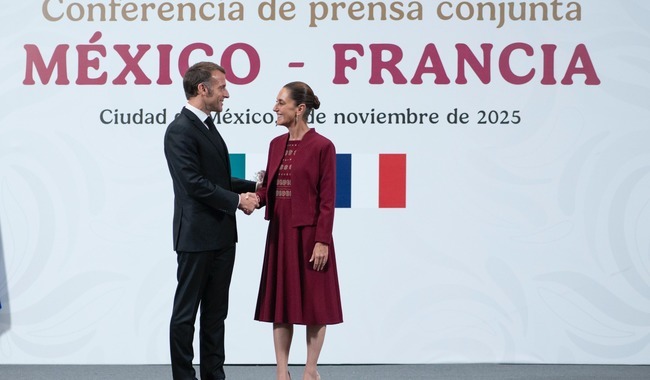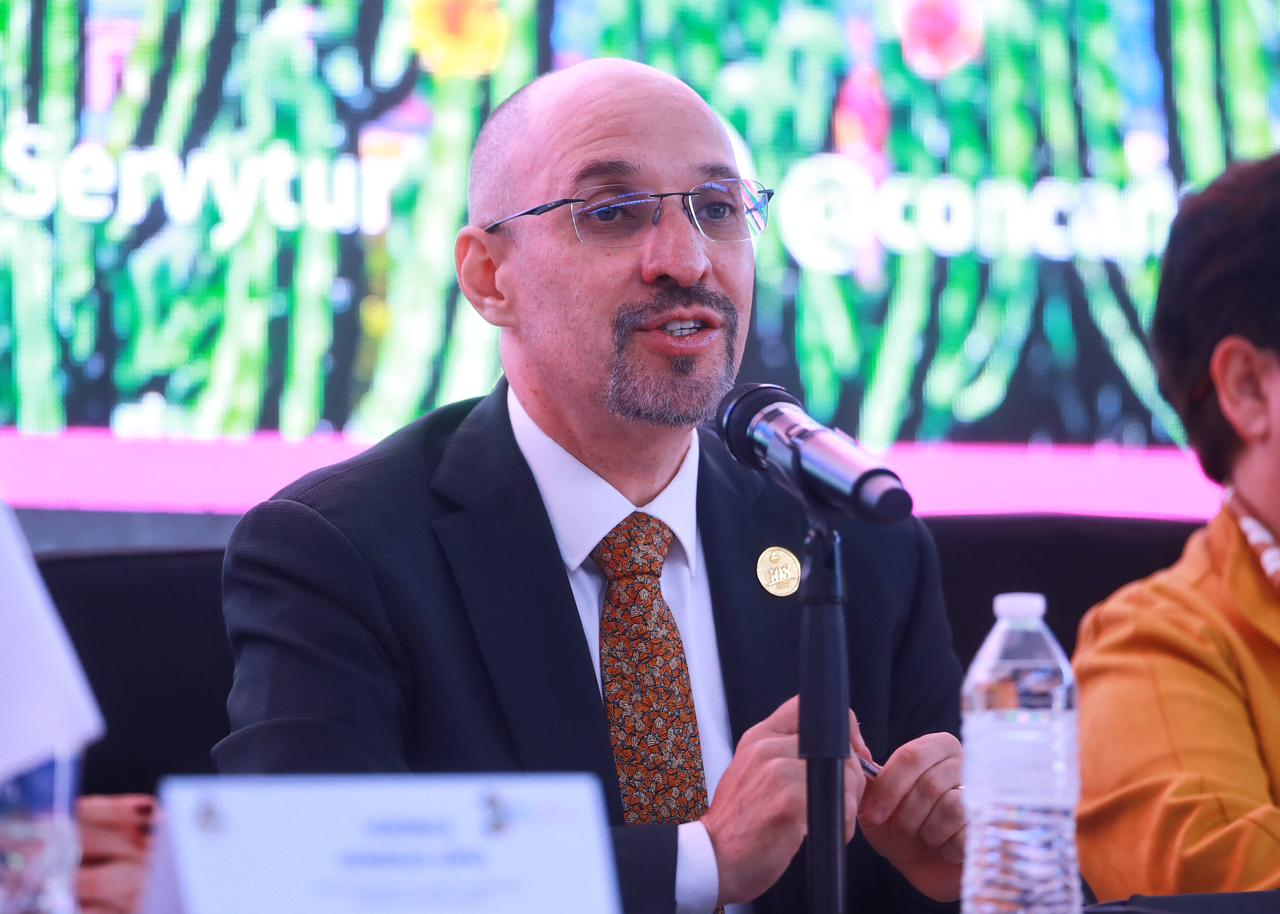Where Do People Live Longer? Life Expectancy by Country and Gender

Where Do People Live Longer? Life Expectancy by Country and Gender
Currently, <strong data-start”723” data-end”761”>Monaco leads the world ranking**, with a life expectancy at birth close to 89.6 years, followed by Singapore, Japan, and several European nations such as Switzerland, Spain, and Italy.
Life Expectancy can Vary by more than Twenty Years Depending on the Place of Birth1279
Depending on the country in which one is born, life expectancy can differ by <strong data-start”1433” data-end”1455”>more than two decades**. Added to this is the <strong data-start”1475” data-end”1499”>gender gap**: in general, women live between five and seven years longer than men, a difference attributed in part to the fact that men tend to engage in <strong data-start”1653” data-end”1682”>higher-risk behaviors**, such as excessive alcohol consumption, smoking, or exposure to dangerous work environments.
(https://www.liderempresarial.com/wp-content/uploads/2025/06/Anos-de-vida-por-pais-de-nacimiento.png)“>For example, in <strong data-start”1801” data-end”1810”>Russia** there is one of the largest differences between men and women: while women reach a life expectancy at birth of 78.73 years, men barely reach 68.04. This gap of more than ten years is associated, among other reasons, with <strong data-start”2049” data-end”2074”>high vodka consumption** and specific socioeconomic factors.
At the other extreme, <strong data-start”2138” data-end”2155”>Chad and Lesotho** stand out for having the lowest female life expectancy in the world, with an average of just 53 years, which reflects the profound inequalities in access to health services, nutrition, and basic infrastructure.
Latin America and Mexico: a Life Expectancy in Transition2665
The region of <strong data-start”2447” data-end”2477”>Latin America and the Caribbean** is in an advanced phase of <strong data-start”2515” data-end”2541”>demographic transition**, characterized by a sustained decline in mortality and birth rates.
(https://www.liderempresarial.com/wp-content/uploads/2025/06/Anos-de-esperanza-de-vida-en-America-Latina-2024.png)“>On average, life expectancy at birth in this region reaches <strong data-start”2693” data-end”2704”>76 years**, with significant differences between countries.
<strong data-start”2749” data-end”2759”>Mexico**, for its part, registers a life expectancy of <strong data-start”2809” data-end”2820”>75 years**, placing it in a middle position within the continent. However, there are <strong data-start”2899” data-end”2934”>marked regional differences** within the country.
(https://www.liderempresarial.com/wp-content/uploads/2025/06/Esperanza-de-vida-en-las-entidades-de-Mexico.png)“>States such as <strong data-start”2965” data-end”3028”>Aguascalientes, Nuevo León, Querétaro, and Mexico City** are among the longest-lived, while entities in the south present lower levels. In general terms, the north of the country maintains a significant advantage in this indicator.
Life Expectancy at Birth by Continent and Gender
(https://www.liderempresarial.com/wp-content/uploads/2025/06/Esperanza-de-vida-media-al-nacer-por-continente-y-genero.png)“>Globally, <strong data-start”3294” data-end”3327”>life expectancy patterns** also vary by continent and gender. Europe and East Asia tend to lead in longevity, while sub-Saharan Africa shows the lowest levels.
In almost all cases, women outlive men in expected years of life at birth, although the <strong data-start”3594” data-end”3623”>magnitude of the difference** depends on each national context.
Life Expectancy as an Indicator of Demographic Transition
<strong data-start)“3729” data-end”3759”>Life expectancy at birth** is a key variable within the process of <strong data-start”3804” data-end”3830”>demographic transition**, which describes the shift from societies with high birth and mortality rates to more stable population structures.
As life expectancy increases, mortality is reduced, which drives population growth in the early stages of the process.
This phenomenon has important implications for public policies, health systems, pensions, and urban planning. Therefore, understanding the evolution of life expectancy allows us to anticipate social and economic challenges, as well as identify priority areas for intervention in public health and equity.
More Articles

Mexico and France Agree to Strengthen Commercial Ties
Nov 9, 2025

Are Roads Currently Impacted by Farmer Blockades in San Luis Potosí?
Nov 24, 2025

Will Nuevo León's Green Data Center Utilize NVIDIA Technology?
Nov 13, 2025

Protests Are Legitimate, But Road Blockades Must Not Affect the Population or the Productive Sector: CONCANACO SERVYTUR
Nov 24, 2025

Mexico Imposes New Sugar Tariff: How Does It Impact the Economy?
Nov 11, 2025

What is Lyophilization and Why is it Boosting Exports in Guanajuato?
Nov 14, 2025
